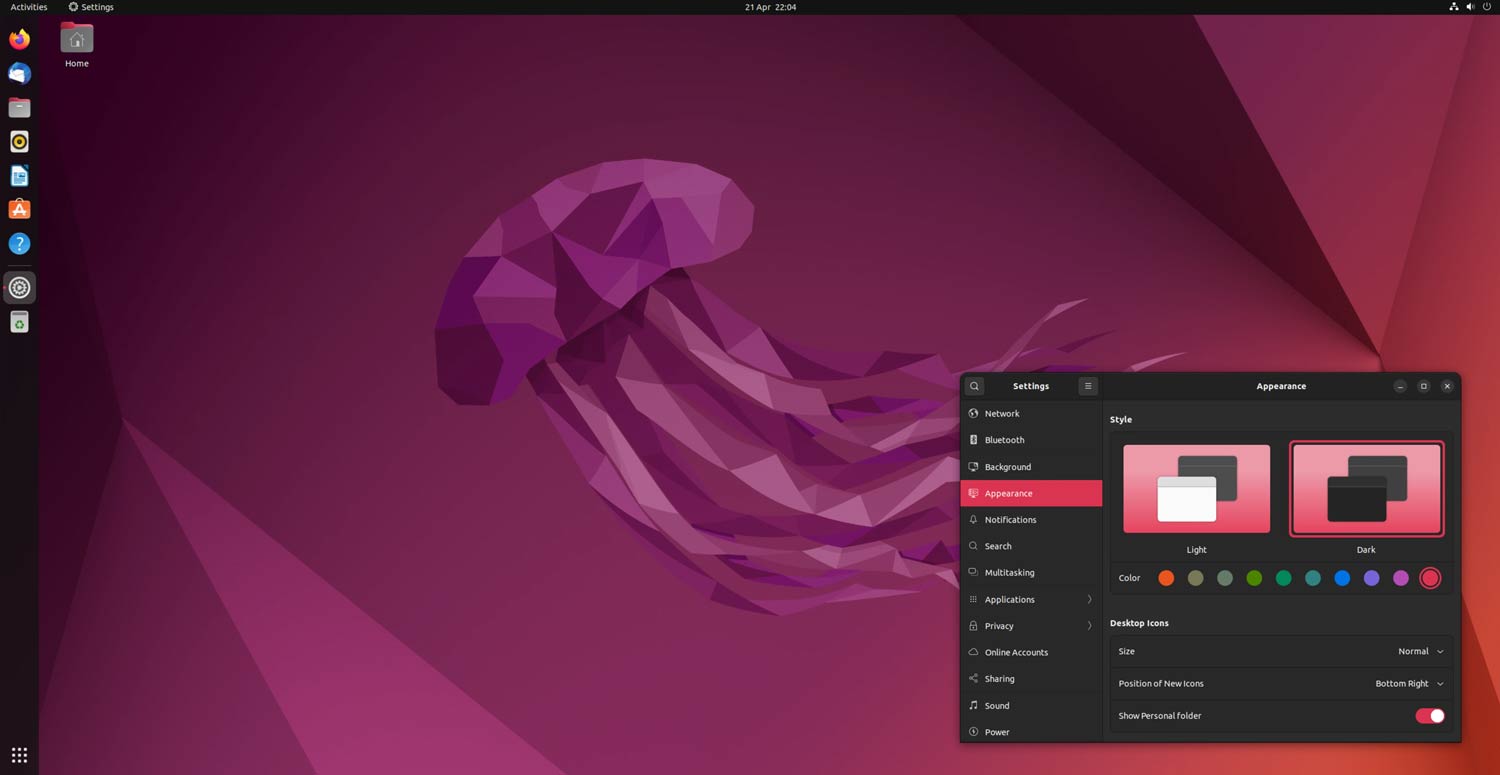 on Linux Desktops are experiencing a bit of a resurgence in popularity as the years-long battle between the underdog open source operating system and market leader Microsoft Windows heats up again.
on Linux Desktops are experiencing a bit of a resurgence in popularity as the years-long battle between the underdog open source operating system and market leader Microsoft Windows heats up again.
So will this be the year that Linux, in its many variations, becomes the dominant desktop operating system? Not likely. Still, it's interesting to see why Linux is gaining market share on the desktop.
In an expanded definition that counts all computing form factors, including mobile devices and computer servers located in vast data centers, Linux is the world's most widely used operating system and has been for many years. The condition continues.
That's because most of the world's “computers” are smartphones running Google's Android operating system, built on Linux and other open source software. According to the analysis site Statcounter, as of February 2024, Android accounts for 43.74% of the total global operating system market, followed by Windows at 27.39% and iOS at 17.82%.
However, in the desktop world, the situation is quite different. While Windows still holds a dominant share of the market at 72.13% (also as of February 2024), Linux has reduced its share to just 4.03% despite strong growth from a low base. It has successfully expanded, increasing by 1.09 percentage points year-on-year. . This may not sound like much, but it represents 37.1% annual growth.
The statistics clearly show that the “Year of the Linux Desktop” is still far away. Linus Torvalds, creator of the Linux operating system, believes the software is unlikely to become dominant on the desktop. The reason is that unlike Windows, which is a single operating system with several different versions, Linux has many different operating systems (distributions). Many different versions. This fragmentation increases complexity by making it difficult for users to learn how the user interface works for each Linux distribution.
increasing in popularity
According to the Linux resource site DistroWatch, there are over 200 Linux distributions and over 21 different desktop interfaces available.
“I wish we could have made more use of a standardized desktop across all distributions. This isn't a kernel issue. It's more that fragmentation between different vendors is probably holding back desktop development a bit.” It’s more of a personal hassle,” Torvalds said in a 2018 TFiR interview.
Still, Linux continues to grow in popularity. The first reason may be that Microsoft has shifted its primary focus from Windows to its enterprise cloud business.
Read: Open source software is worth more than you pay for it
“Microsoft will probably start distributing Windows for free at some point,” said Julian Gericke, chief technology officer at LSD Open, a company that specializes in commercial applications of open source software.
“They have done a great job of converting their core revenue source, a proprietary operating system and the productivity suite that runs on top of it (Office), to a consumption business, Microsoft 365 and Azure (which includes AI services). Windows is far less relevant today than it was in its heyday in 1995.”

In addition to Linux's growing popularity, users' perceptions of the difficulty of installing and using Linux on their desktops are changing. More user-friendly distributions like Linux Mint and the South African-born Ubuntu, developed by Mark Shuttleworth and his team, have made it easier for non-technical users to explore his world of Linux.
“To be fair, Linux on the desktop is mostly a niche field. It has seen growth over the years with the availability of user-centric distributions such as Mint and more recently Pop!_OS. ” said Gericke.
Installing applications on Linux is also much easier than before. Containerized application programs like Flatpak, Snap, and AppImage have made it easy to install Linux apps without worrying about distribution-specific nuisances.
Installing the Linux kernel itself is as easy as mounting a virtual disk and following a simple click-by-click tutorial. However, for open source purists and those looking for a challenge, technically demanding installations like Gentoo are available. .
Gericke said Linux's modest advances in the end-user space will continue to be overshadowed by Linux's dominance in core infrastructure. The Internet he is running on Linux, he said.
Linux is the recommended operating system for server workloads, edge devices in Internet of Things networks, and tools that integrate artificial intelligence into web applications.
“Of course, AI modeling will run on a GPU (graphics processing unit) or TPU (tensor processing unit), but the OS behind the AI orchestrator will also necessarily be Linux. At least for now, it will run on the same open standards and There are no alternative operating systems that offer the integration potential to break that,” Gericke said. – © 2024 News Central Media

